
CARVICE_ocean
@_carvice_
News about the fate of the marine biological carbon pump in the face of vanishing (sea-)ice project funded by the Swiss National Science Foundation @snsf_ch
ID: 1806623448573079552
28-06-2024 09:40:00
48 Tweet
25 Followers
70 Following

Sorry for the short break. We have lots of amazing science and visuals from Greenland. Institut des Sciences de la Terre - UNIL MaxiCas Samuel Jaccard UCT Swiss Polar Institute @swisspolar.bsky.social Swiss National Science Foundation Dr Sarah Fawcett 🏳️🌈

The collection of particles is a keystone of CARVICE_ocean. This pump head from McLane Research Labs allows for the placement of different pore size filters like in a double sandwich. More on the filters on the next post! @iste_unil EPFL-ENAC Swiss National Science Foundation @swisspolar Oceanography Society
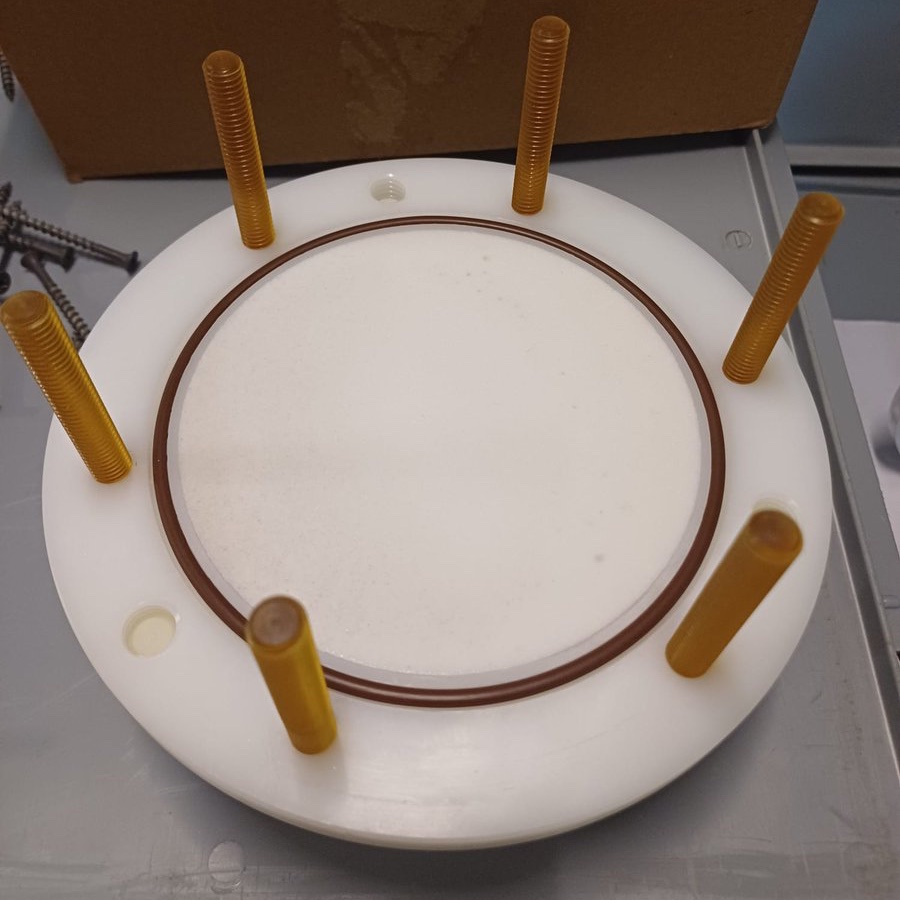

We aim to infer C export driven by sinking particles. That is why we usually placed 3 filters with 330, 51 and 1 micron pore size in McLane Research Labs pump heads. The 330 serves to retain large plankton (swimmers), algae, etc. @iste_unil EPFL-ENAC Swiss National Science Foundation @swisspolar @TOSOcenography



Large sinking particles are thought to drive marine carbon export. They are collected in the 51 micron pore size filter. Here is an example of one filter deployed at 6 m depth on the path of the East Greenland Current. @iste_unil EPFL-ENAC Swiss National Science Foundation @swisspolar Oceanography Society
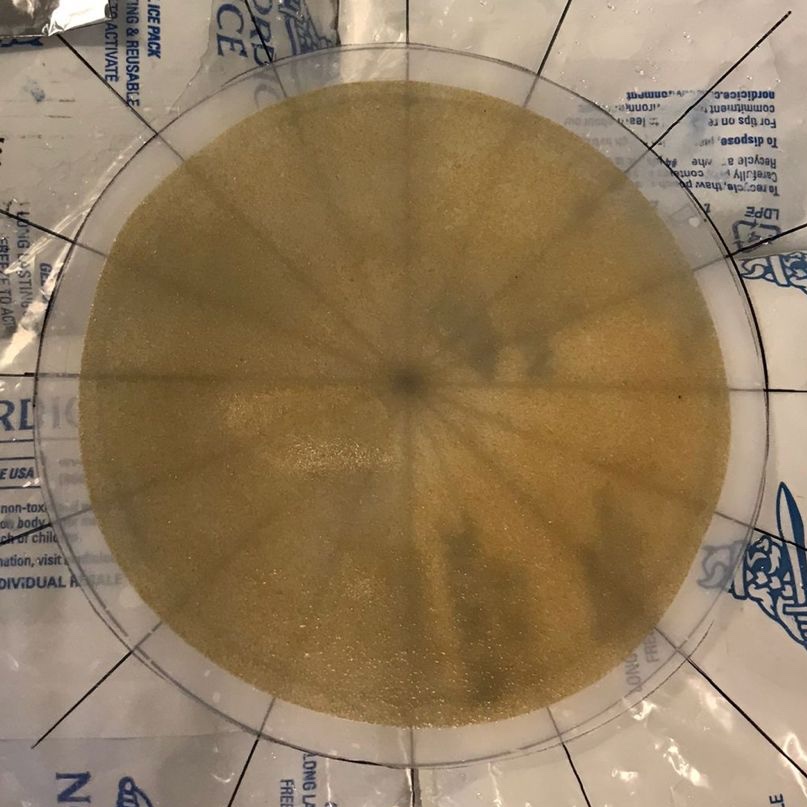

Here the last of our ‘filter series’! Probably the most beautiful ones…. Yes, the small particles between 51 and 1 um. Nature is diverse and full of colours! @iste_unil EPFL-ENAC Swiss National Science Foundation @swisspolar Oceanography Society


Let us know what you think and why... Sea-ice or iceberg calved from a glacier? Polar Observer @iste_unil EPFL-ENAC Swiss National Science Foundation @swisspolar @uct_news @unoceandecade Oceanography Society Swiss Climact
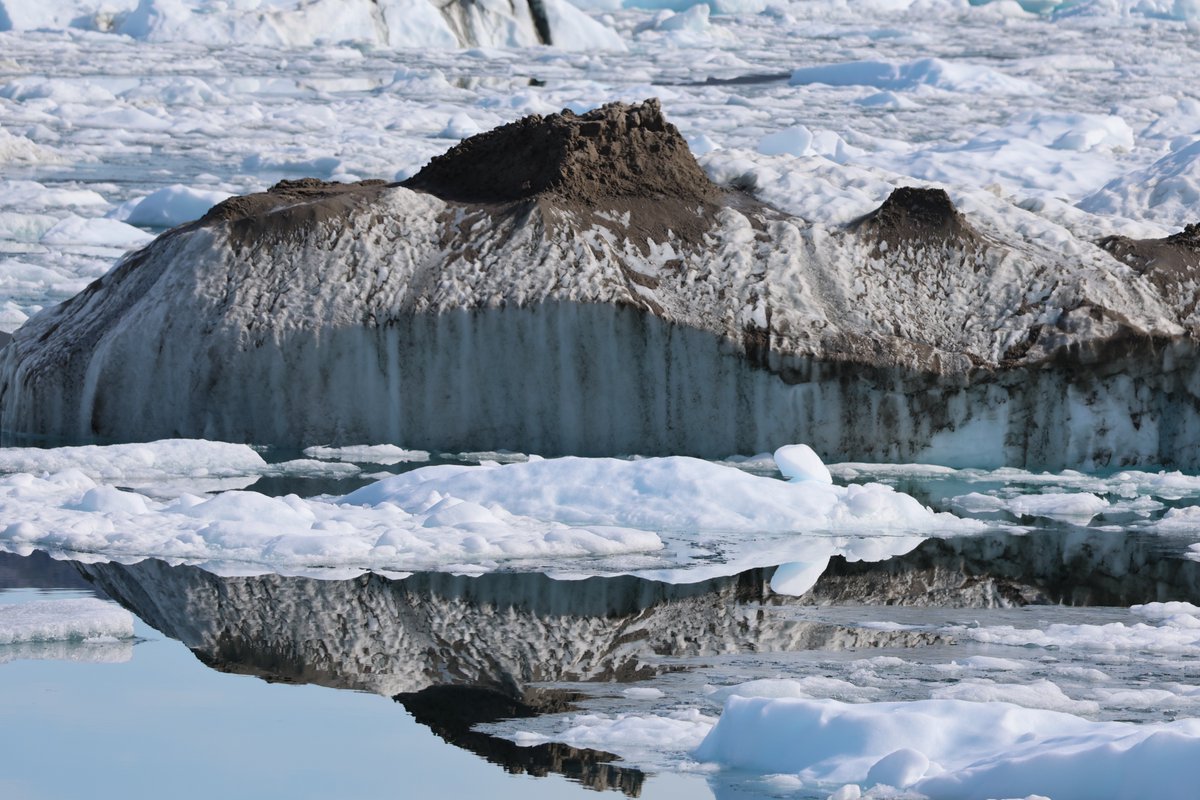

Do you want to learn the parts of a boat? Here the beautiful Sanna as example. Her 'stern' is the rear part which we use to deploy heavy equipment. GCRC Elhuyar Zientzia @iste_unil EPFL-ENAC Swiss National Science Foundation @swisspolar Oceanography Society @_oceanography @unoceandecade
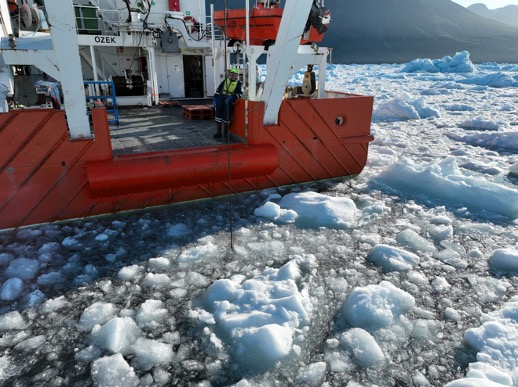

And here is the ‘starboard’, the right hand side of a boat. This side is used to deploy small equipment such as CTD sensors. Elhuyar Zientzia @iste_unil EPFL-ENAC Swiss National Science Foundation @swisspolar Oceanography Society @_oceanography @unoceandecade
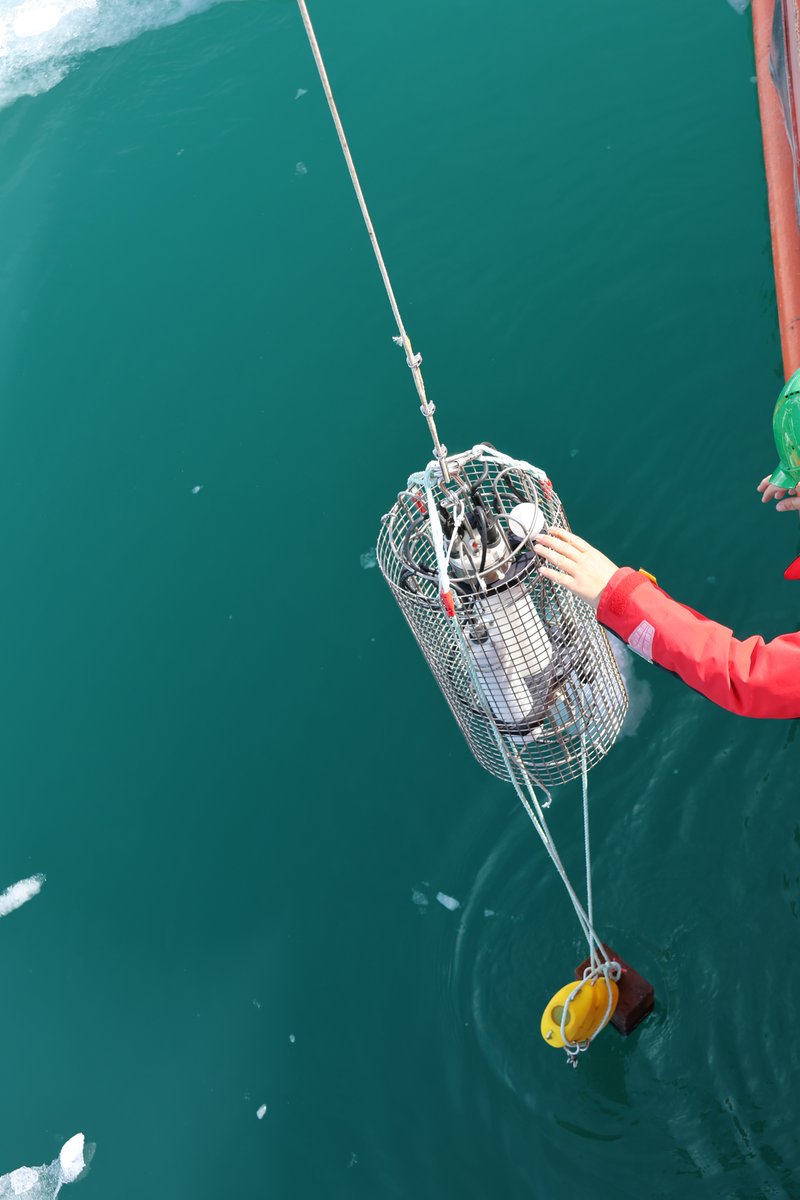

The ‘bow’ is the front of a boat. This is where m.sierks enjoys the beautiful views, but it can also be the most bumpy and a must avoid place with rough seas. Elhuyar Zientzia @iste_unil EPFL-ENAC Swiss National Science Foundation @swisspolar Oceanography Society @_oceanography @unoceandecade


Seawater covers 70% of the Earth's surface. We use bottles deployed with both sides open to collect it. They are closed remotely to trap water from a selected depth. Elhuyar Zientzia @iste_unil EPFL-ENAC Swiss National Science Foundation @swisspolar Oceanography Society @_oceanography @unoceandecade

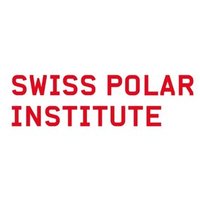

Stay tunned! Talking about water, here is seawater coming out of the incubation pipes of Amelia Deary from the University of Cape Twon. She will tell you more about her research at Dr Sarah Fawcett 🏳️🌈 in the coming two weeks. @iste_unil EPFL-ENAC Swiss National Science Foundation @swisspolar Oceanography Society
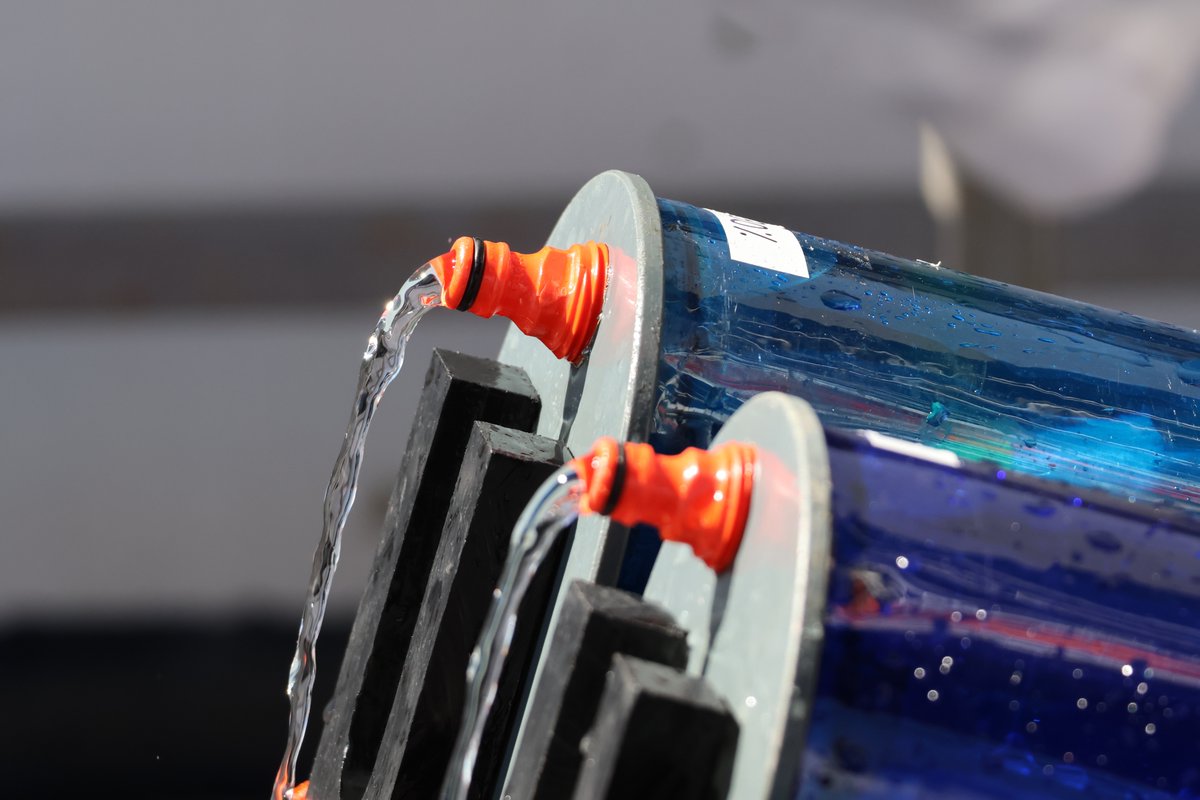

Let's begin September with plenty of energy! Here the humpback whale encountered while sampling Igaliku Fjord in July😍😍😍 @iste_unil EPFL-ENAC Swiss National Science Foundation @swisspolar Oceanography Society UCT
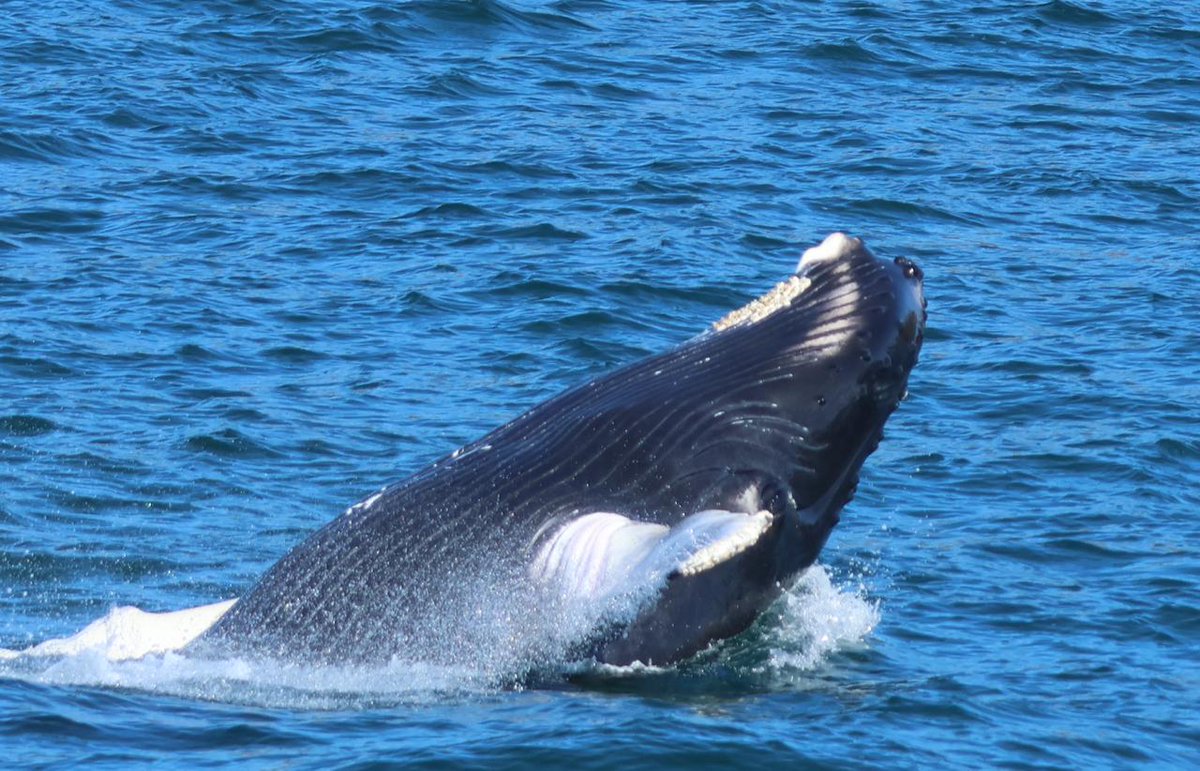

Ever wondered what is on the menu for phytoplankton? Or how fast they grow? On-deck incubation tubes facilitate the isotopic enrichment experiments - the first step in answering these questions! Dr Sarah Fawcett 🏳️🌈 @iste_unil EPFL-ENAC Swiss National Science Foundation @swisspolar Oceanography Society UCT


Scientists are not the only hard workers onboard – look at all that autotrophic growth! These filters travel to SA for isotopic analysis of particulate organic carbon and nitrogen. Stay tuned! Dr Sarah Fawcett 🏳️🌈 @iste_unil EPFL-ENAC Swiss National Science Foundation @swisspolar Oceanography Society UCT

This is what happens when meltwater from a distant land terminating glacier encounters seawater in Igaliku. They hardly mix because of their different densities. A pic for a fluid dynamics book? @iste_unil EPFL-ENAC Swiss National Science Foundation @swisspolar Oceanography Society FY! Fluid Dynamics


Let there be light! Rather, let the light be experimentally controlled! Here is Amelia Deary, 2nd year PhD student at the UCT-MBL, adjusting tube light intensity to emulate conditions at depth. Dr Sarah Fawcett 🏳️🌈 @iste_unil EPFL-ENAC Swiss National Science Foundation @swisspolar Oceanography Society UCT

For anything and everything marine nitrogen isotope related – this is where the magic happens! At the University of Cape Town Marine Biogeochemistry Lab. But not before a strong coffee (or two)! Dr Sarah Fawcett 🏳️🌈 @iste_unil EPFL-ENAC Swiss National Science Foundation @swisspolar Oceanography Society UCT


Thank you very much to McLane Research Labs for gifting us very nice T-shirts, stickers and the Legokit! We are now prepared to head back to the ocean!
